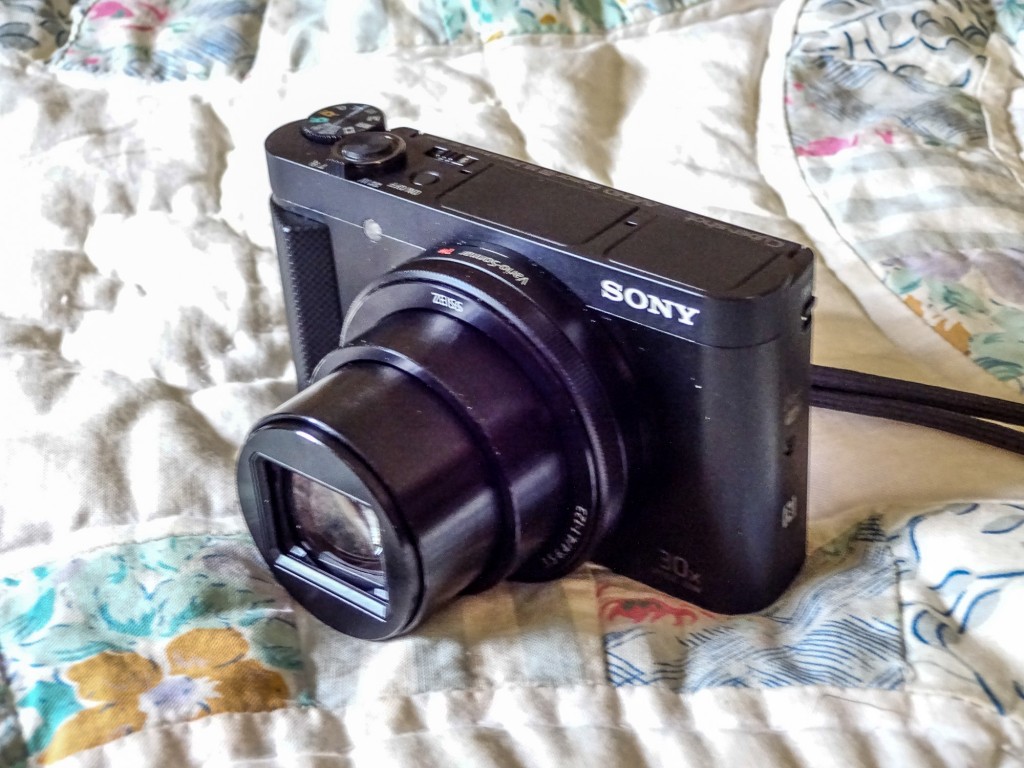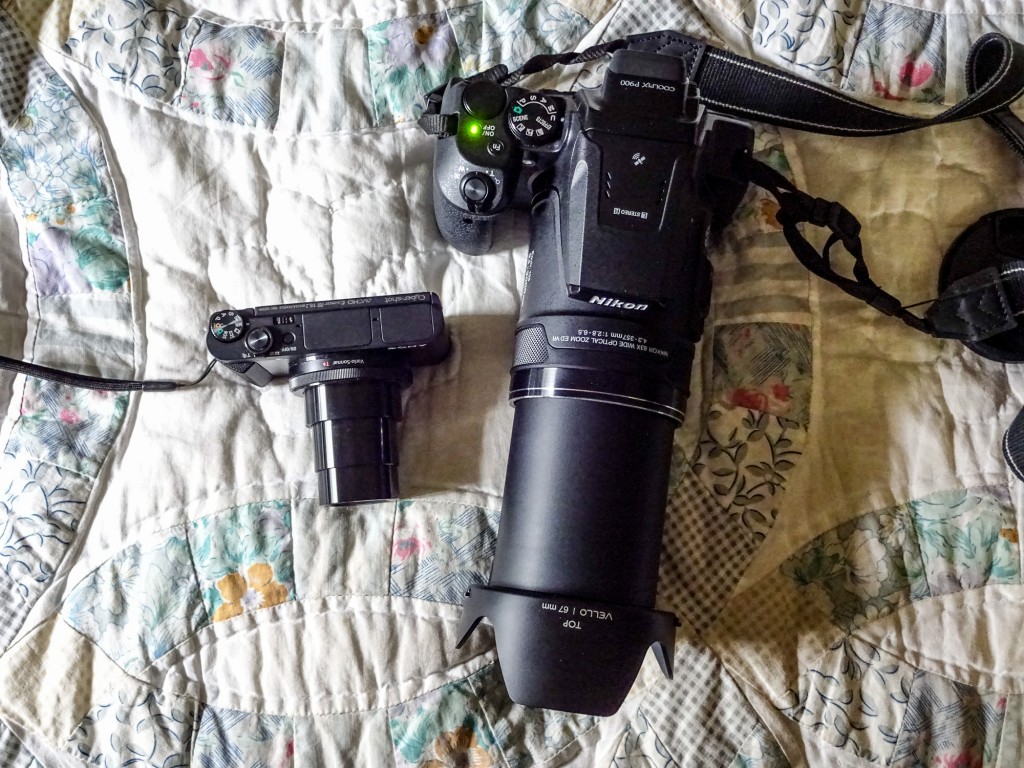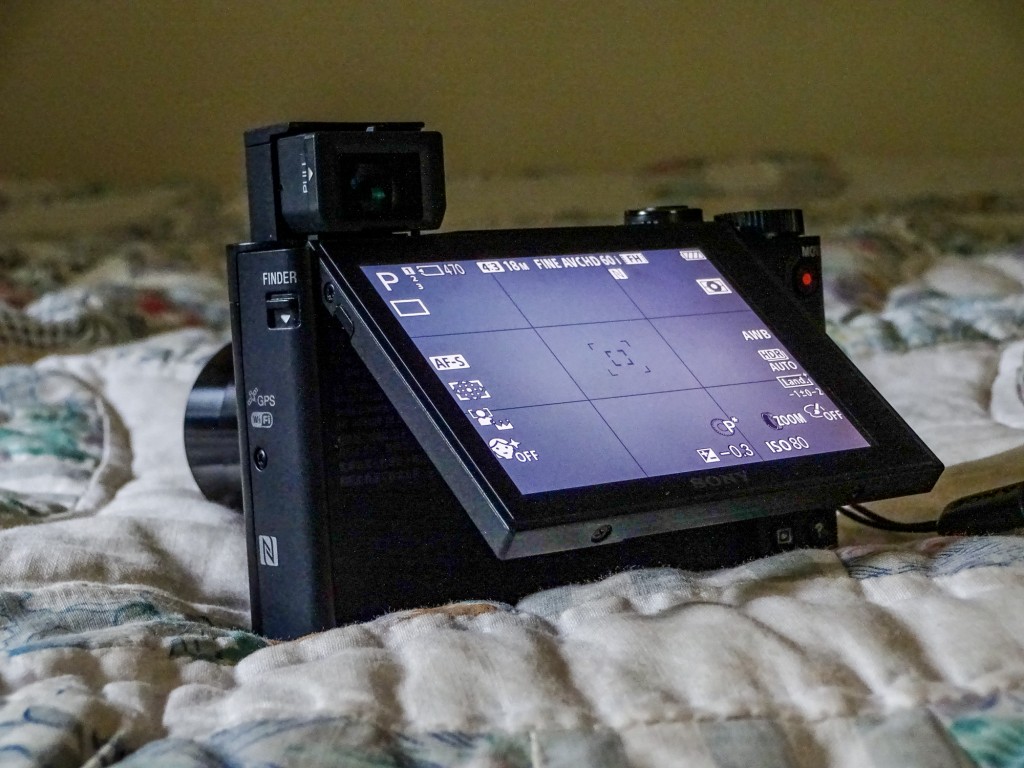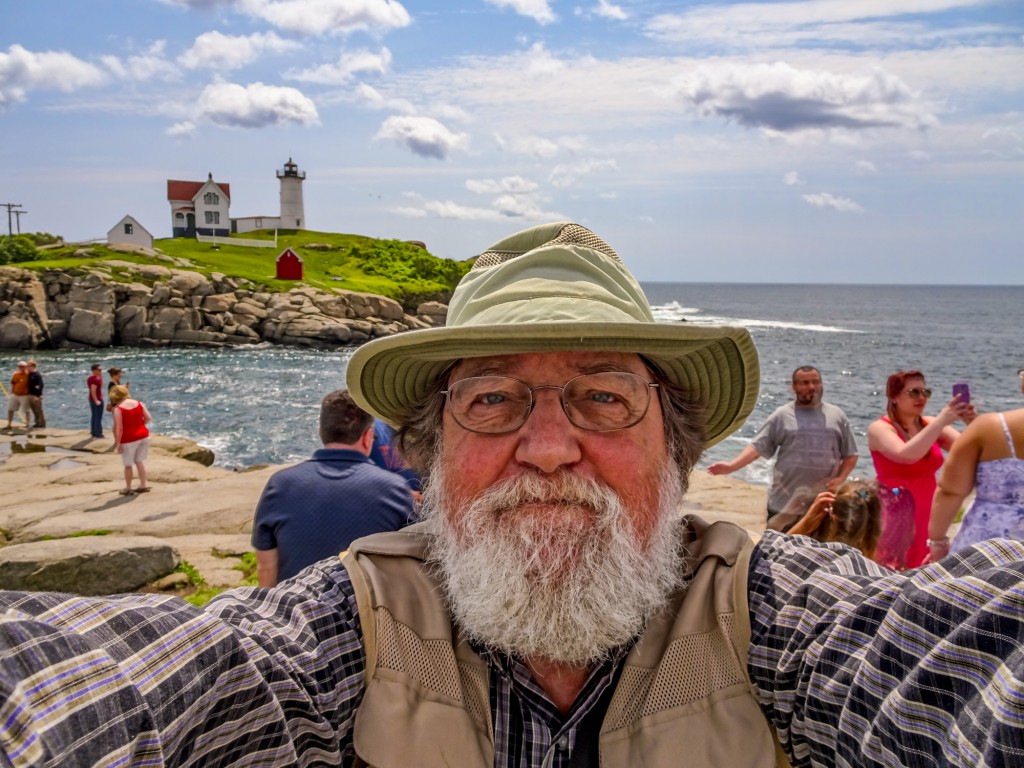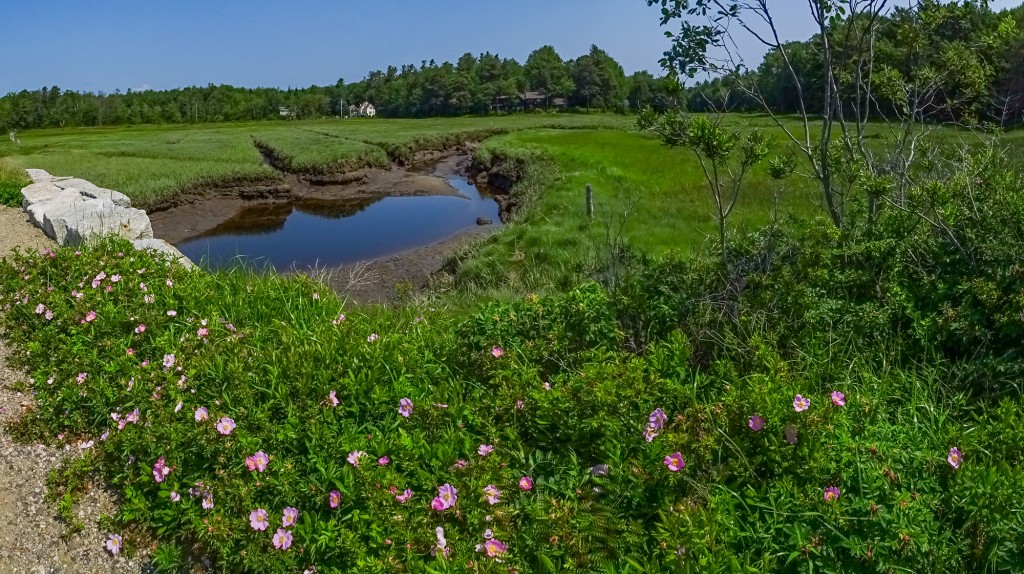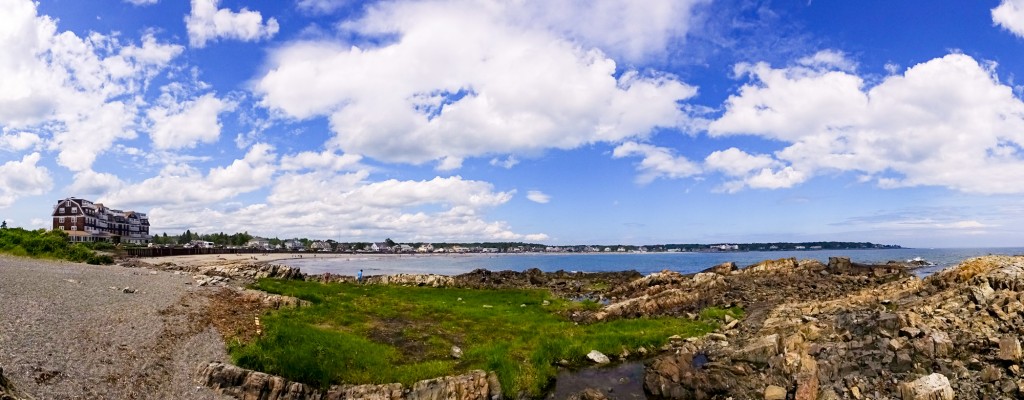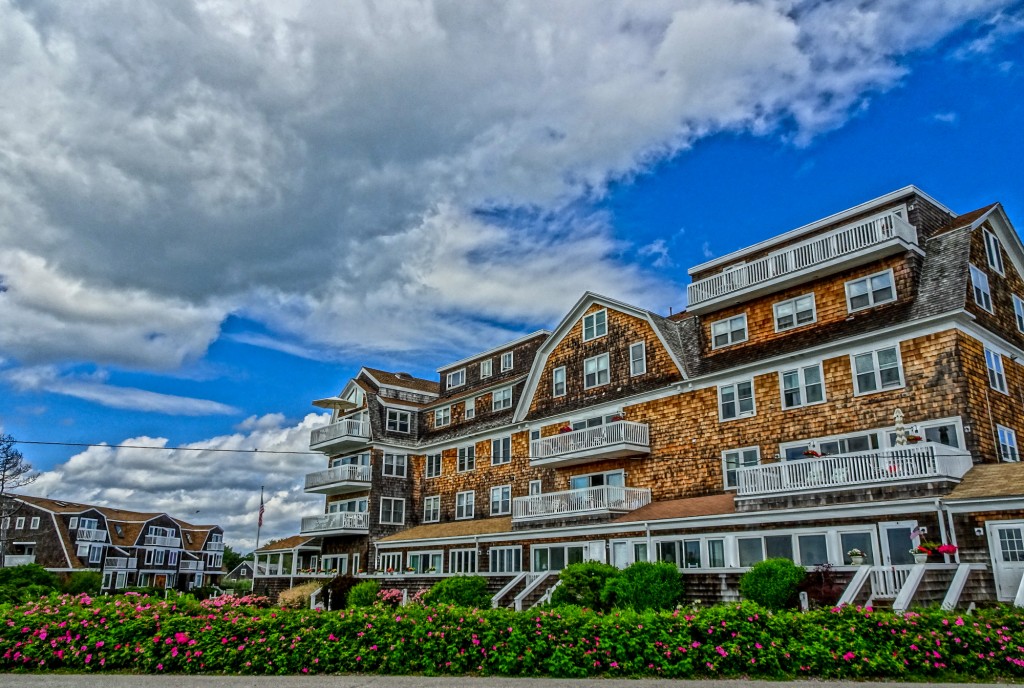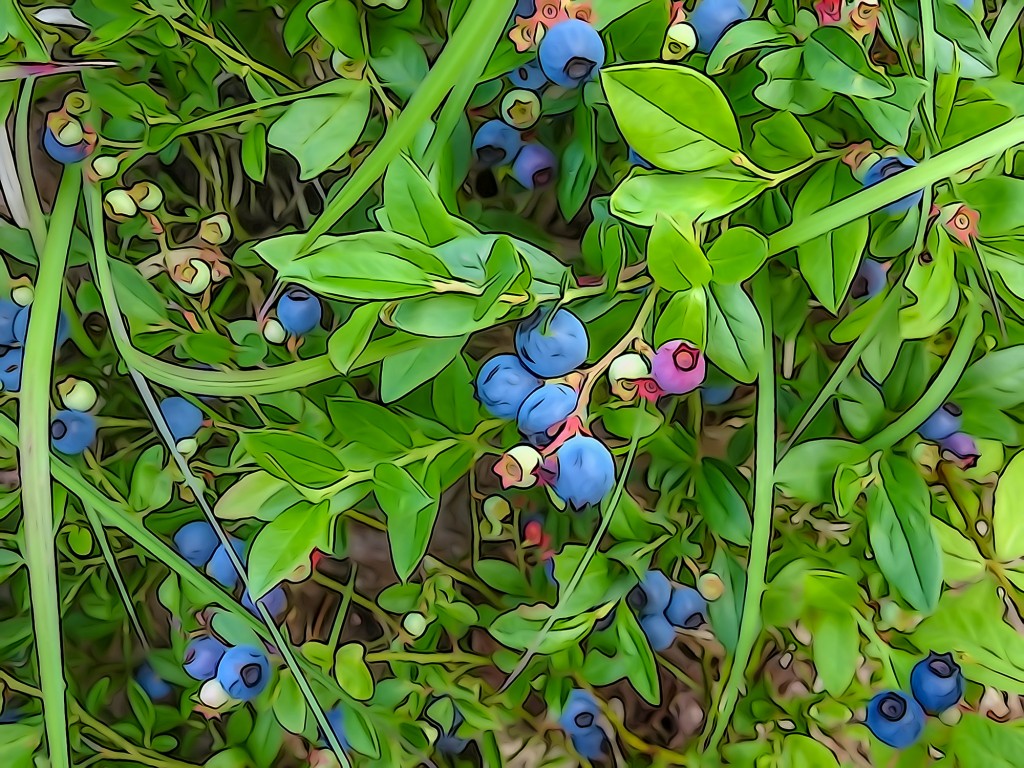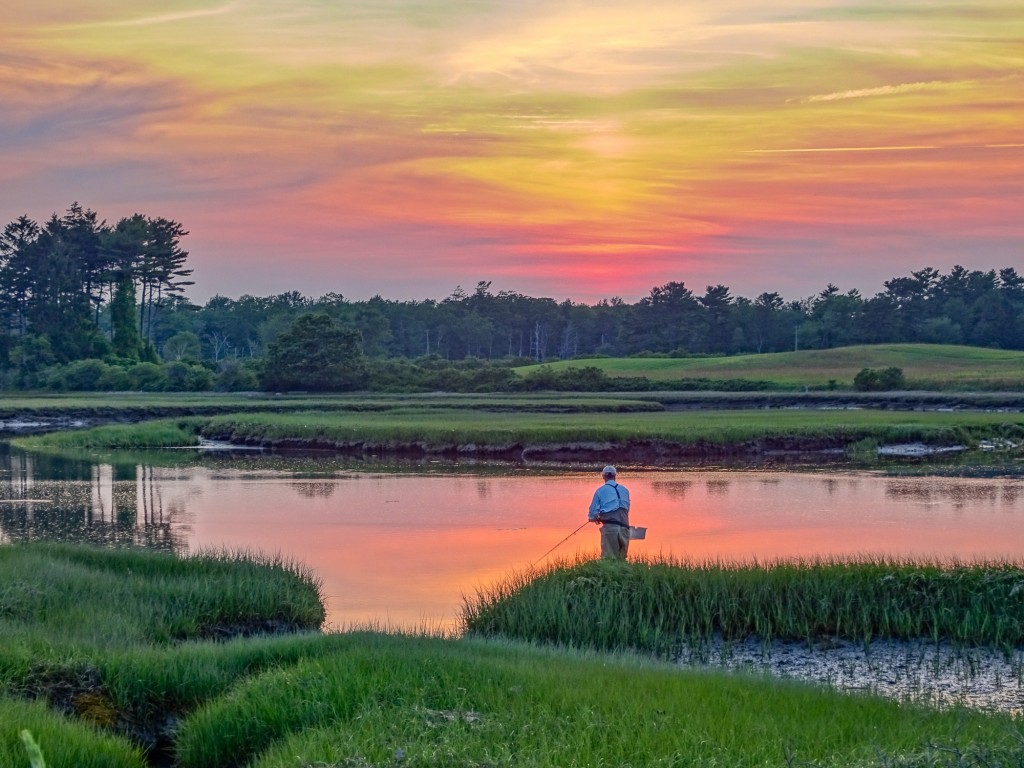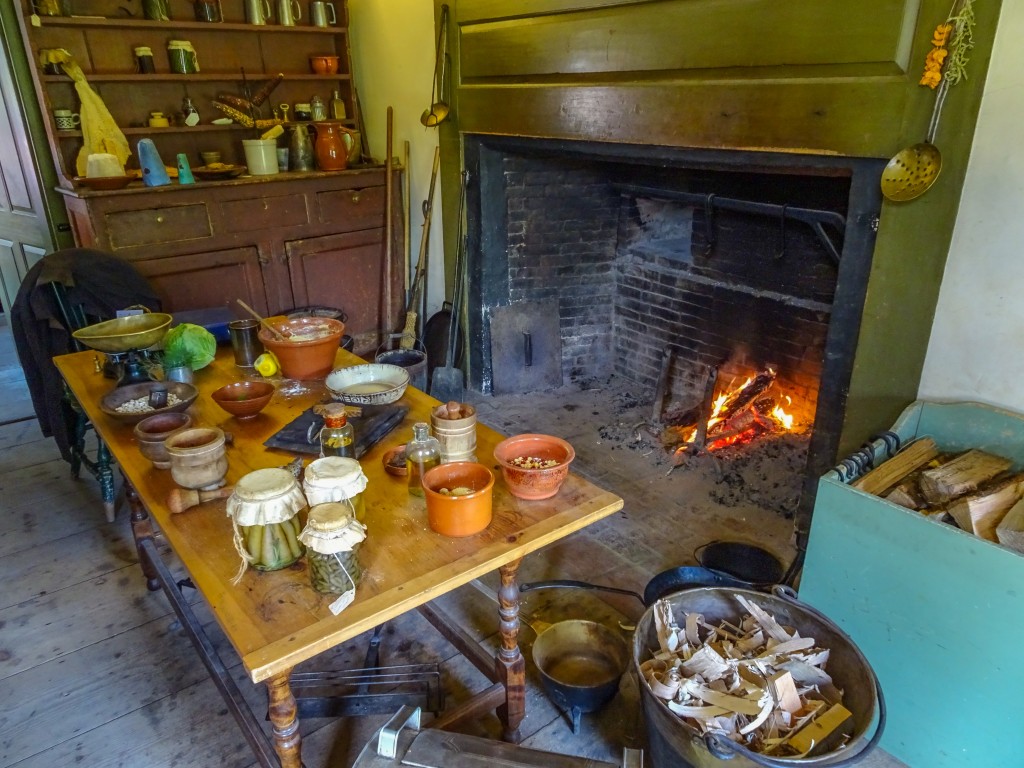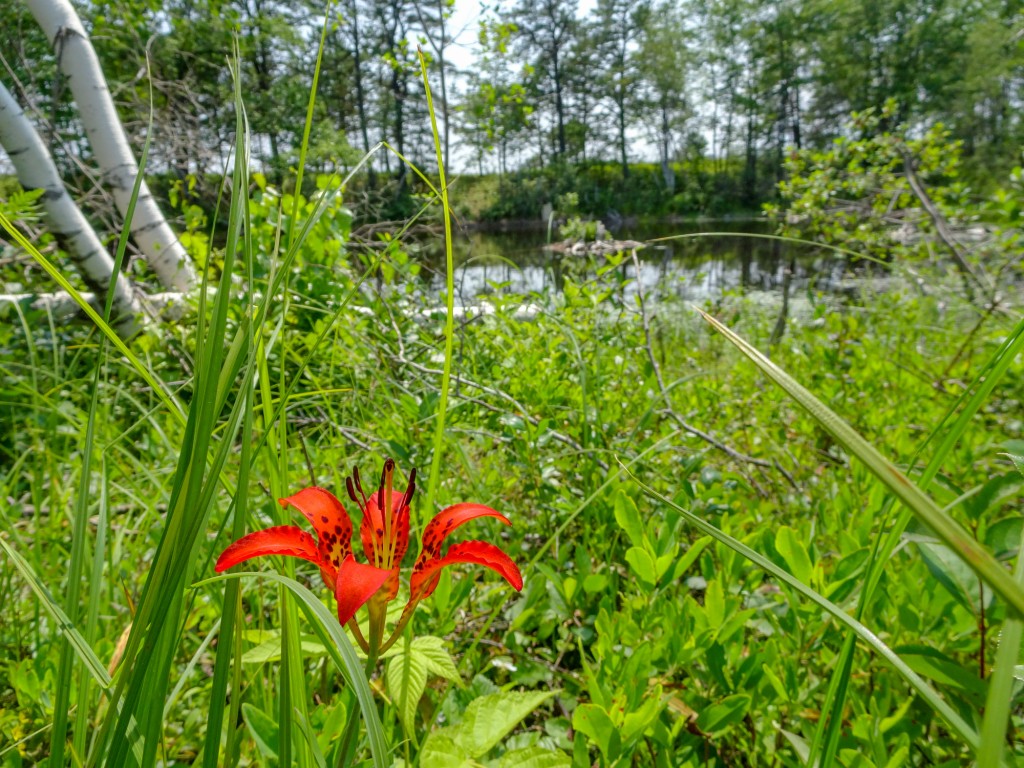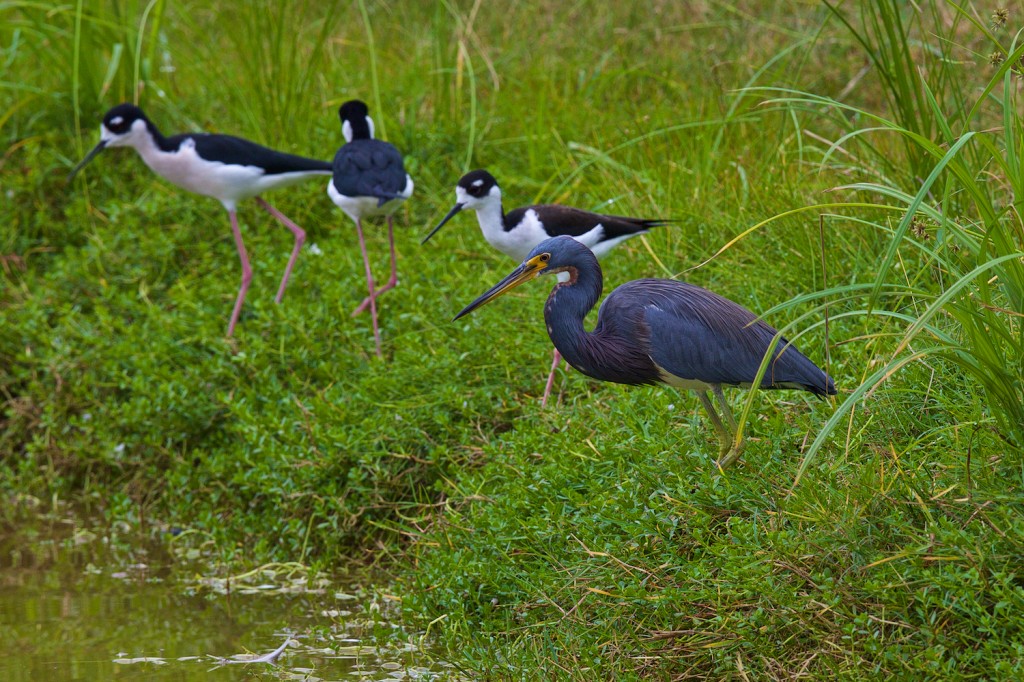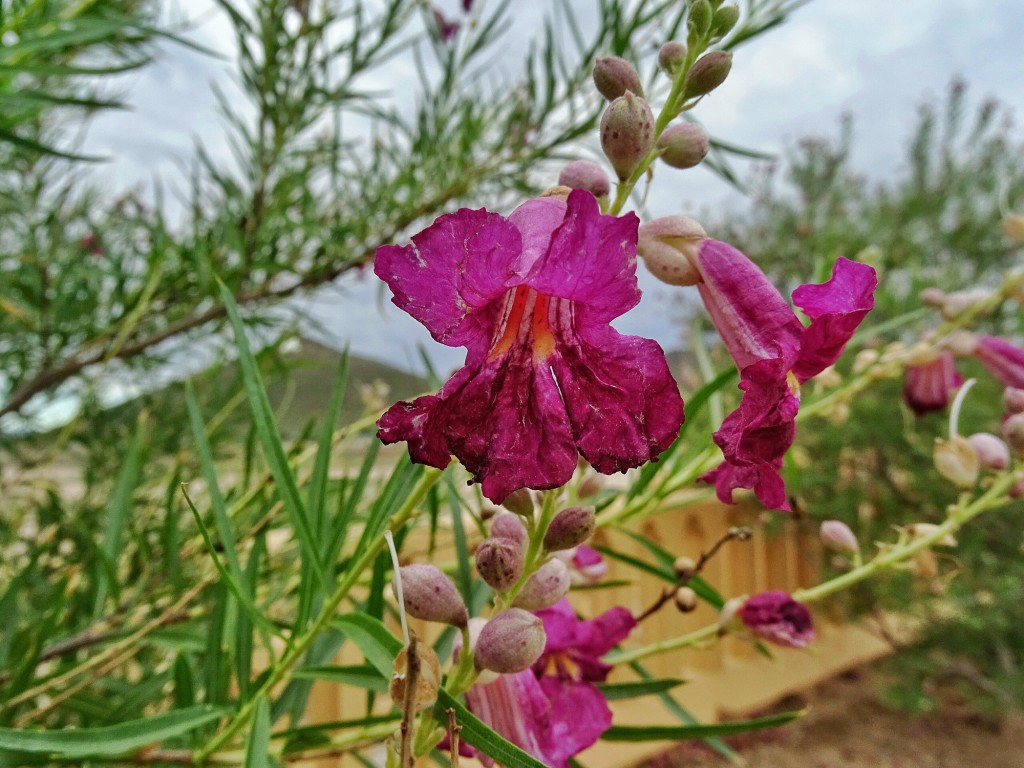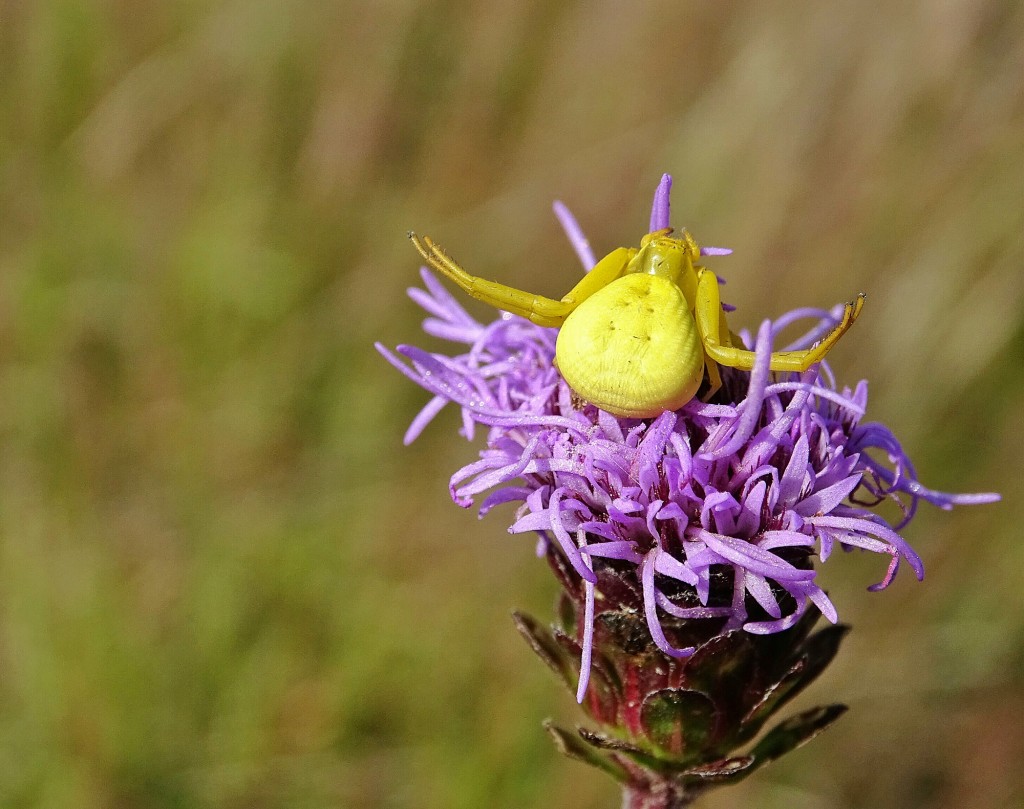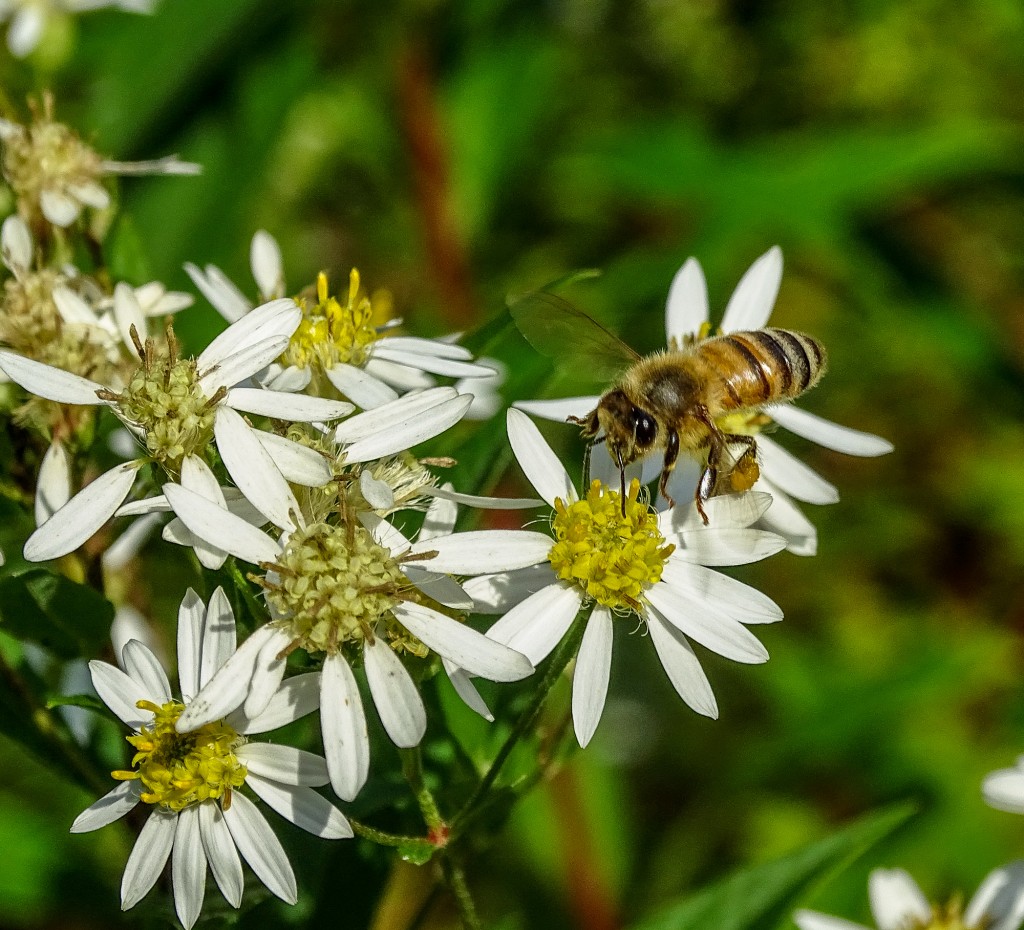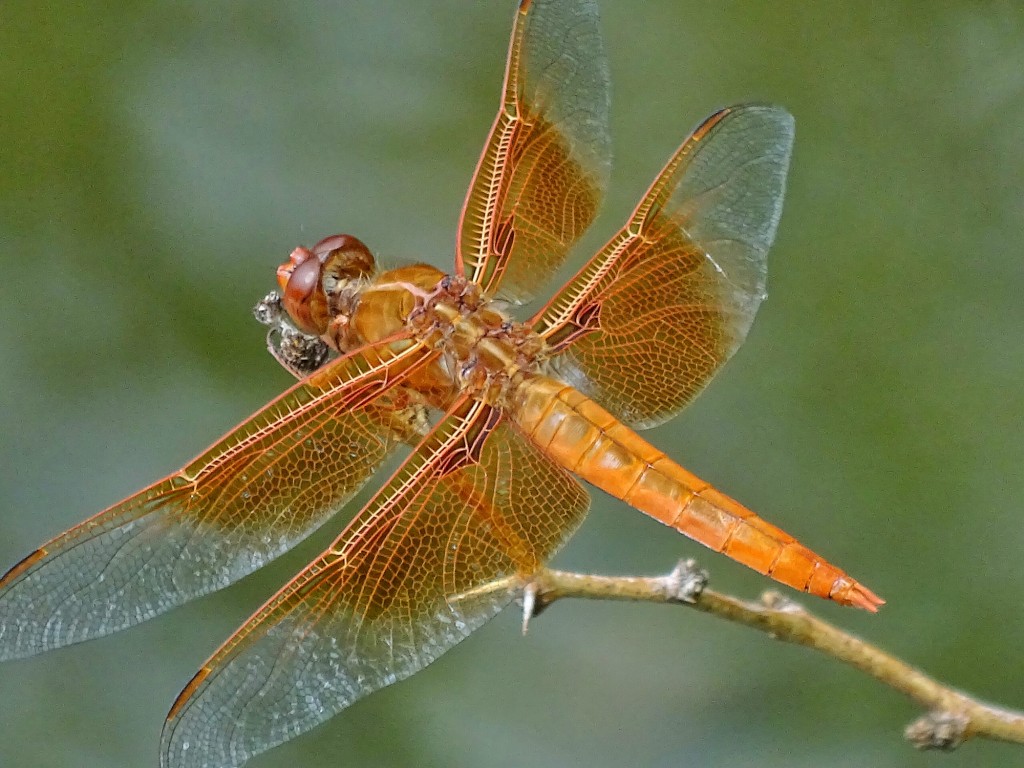
Well it actually happened! The first Point and Shoot Nature Photography adventure in the tropics…at the Lodge at Pico Bonito, Honduras, was, imho, a solid success. My wife, Carol, came along, as well as my oldest daughter Sally (as my assistant), and we had three participating adventurers: Ev, Barbara, and Greg.
It was a Point and Shoot trip, and between us we had a Nikon P610, a Nikon P900, a Canon SX60HS, and a Canon SX50HS. I brought both the Nikon P900 and my new(er) Sony RX10iii, but I shot most of the time with the Sony.
The goal was to provide as many photo ops as possible over 5 full days. The Lodge at Pico Bonito is somewhat unique in providing first class accommodations and gourmet food, excellent guides, and a totally new adventure each day.
We only got to spend one full morning in and around the actual grounds of the Lodge, which is beautifully landscaped with native plants and surrounded on one side by an overgrown coco plantation, and on the other by untouched rainforest. We also had a few afternoon hours (when some of us processed pics and others explored) and we did a night hike in the coco plantation and the edge of the rainforest for nocturnal birds, reptiles, and frogs,
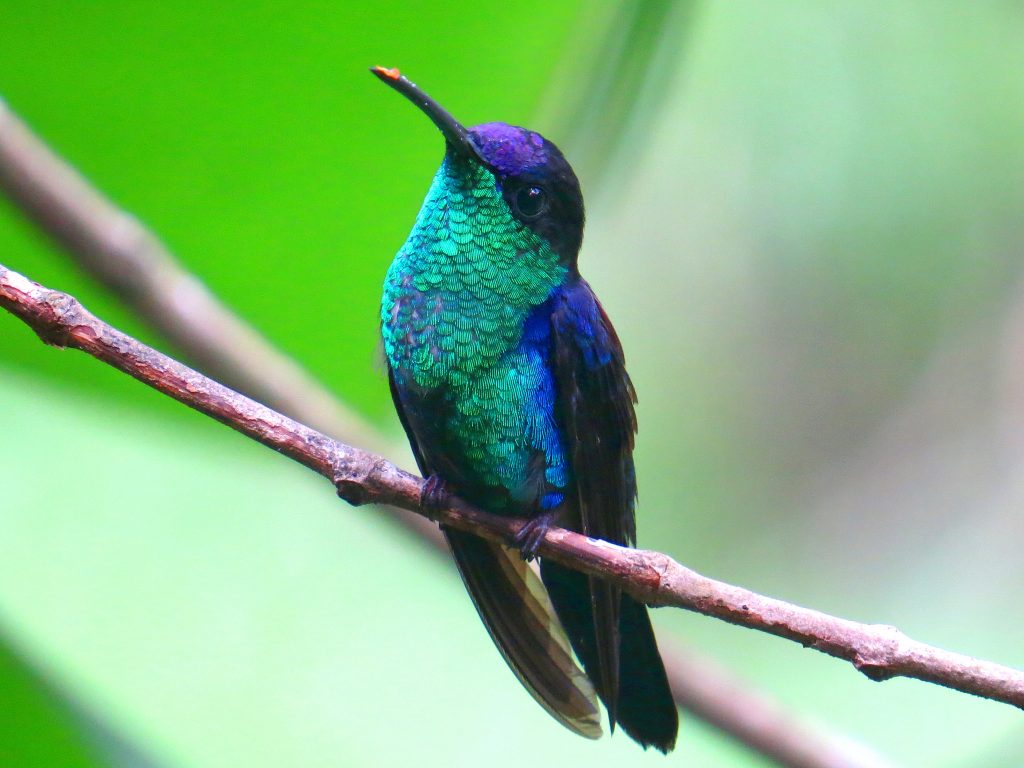
We could easily have never left the grounds and trails of the Lodge and still have had plenty to photograph. You can sit and watch and photograph several species of hummingbirds coming to the feeders all along the edge of the roof over the open porch, or veranda, of the Lodge and restaurant, and perching in the trees and bushes within a few feet. We saw mostly White-necked Jacobins, but there were also Crowned Wood Nymph, Brown Violet-ear, Violet Saberwing, and a few Long-billed Hermits and White-breasted Emeralds. There was a family of Black-cheeked Woodpeckers raising

young in a dead palm only a dozed feet from the deck between the Lodge and Conference Center, and under bushes near the base of the palm an Agouti was raising young. On the trails around the lodge we had good views of Blue-crowned Motmot and Black-headed Trogon, and glimpses and quick photo ops of Red-legged Honeycreeper and Masked Tytira. Some of us had good photo ops with Collared Aracari. (Between our seeing it and writing this, the AOU has split Blue-crowned Motmot into several species. I am not sure which of the new splits the ones we saw fall under.)


Elmer (Elmer Escoto our expert guide) lead us off the trail to find a mother Great Pooto with a well grown chick sitting out in plain view. Perhaps the highlight of our day on the grounds was when Elmer tempted a Little Tinamou out into the open where we could all see it, and at least a few of us got shots. The Lodge maintains a butterfly garden and butterfly house, and between them we saw a dozen species of tropical butterflies: including the amazing Red Cracker (a blue butterfly despite its name…with a wing pattern that reminds me of a dutch dinner plate). There were at least 5 different Heliconians (Long-wings), and, in the butterfly house, several of the giant Blue Morphos that are pretty much the butterfly emblem of the tropics.



I asked Elmer to find us a waterfall we could photograph and he suggested a run out to the Cangrejal river where they take adventuresome guests for white-water rafting. Though it was not on our schedule, we made time for it, and the lodge provided a van, on the afternoon of our day around the grounds. The waterfall turned out to be somewhat distant and shrouded in mist from intermittent rain, but the scenery going up the river and then across a
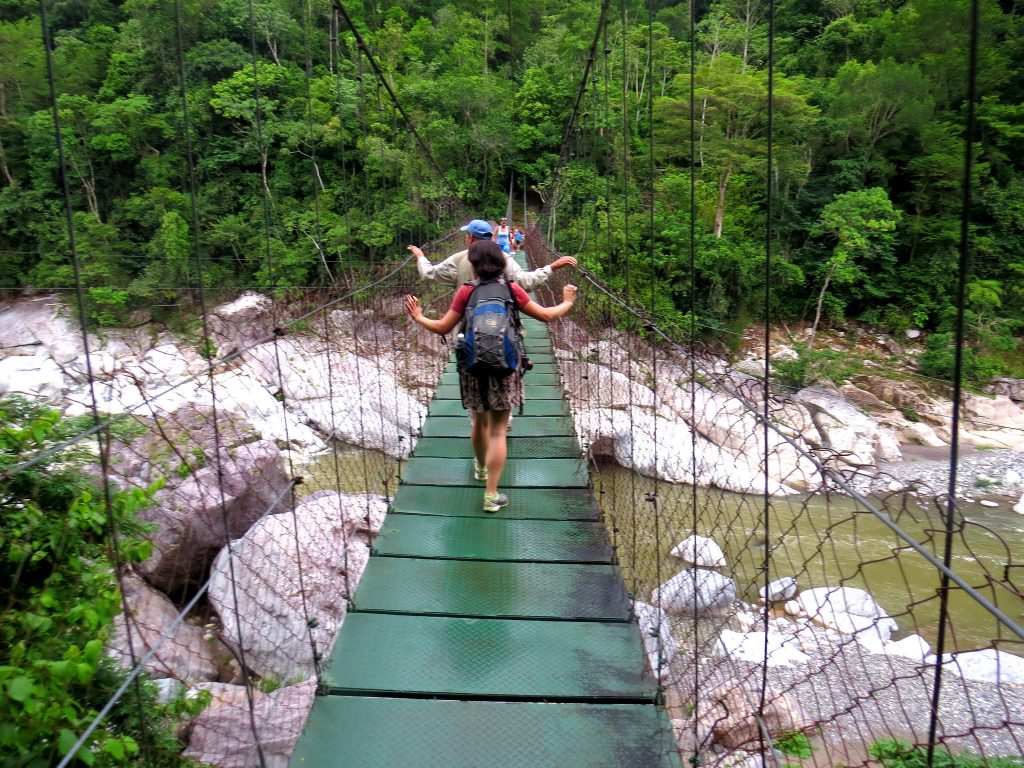
suspension foot bridge high over rushing water and house-sized boulders, was spectacular. Along the way we had great views of Amazon Kingfisher…though at the limits for photography, and on the other side of the river we encountered the Helicopter Damselfly…the largest damselfly in the world, with a wingspan larger than even the largest dragonfly. We tracked it into the deep shade of the rainforest where we were able to get some decent flash shots. We got to see some unscheduled landscape, and a part of Pico Bonito National Park that most who go to the Lodge for birding and photography do not see.


The next morning was our first real day in the field. We visited the mangrove channels of the Cuero y Salado estuary, riding a century old banana train into the refuge at the mouth of the rivers, and then taking a small motor boat up the channels into the mangroves as far as we could go.

My hopes for the boat adventure are always Pygmy Kingfisher (since I really like Kingfishers), Bare-throated Tiger-heron, Boat-billed Heron, and monkeys…both Howler and White-faced Capuchin. There is always a remote hope for Agami Heron and Sungrebe. On our day on the rivers, we had good looks at all but the last two, plus Long-nosed Bats, many Northern Jacana, Black-bellied Whistling Ducks, Black-headed Trogon, and more Green Herons than I could count. And I mean really good looks at everything but the Boat-billed Heron, which flew off before everyone could get pics, and the monkeys, which played hard to get in the dense foliage.
This is a gallery of images from the group of the same very cooperative Pygmy Kingfisher. We had some trouble finding it in the first place and had actually given up and were headed back out of the channel where it is known to nest, when Elmer’s sharp eye caught it. We were able to drift close in with the boat, but these are still shots are taken from a moving boat of a very small bird. Great results for everyone.

We had a similar opportunity with the Bare-throated Tiger-heron. Sally spotted it as we motored down the open river toward another channel (earning her supper that day), and we were able to drift in within a dozen feet of it before it flew up to perch practically right over our heads.
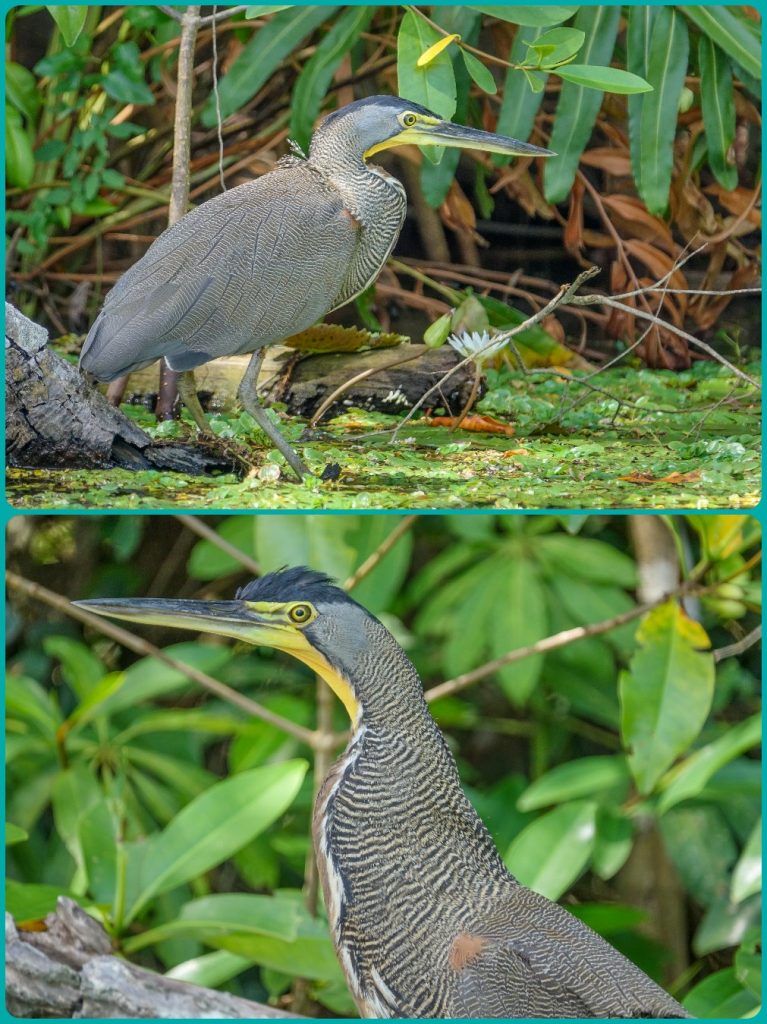
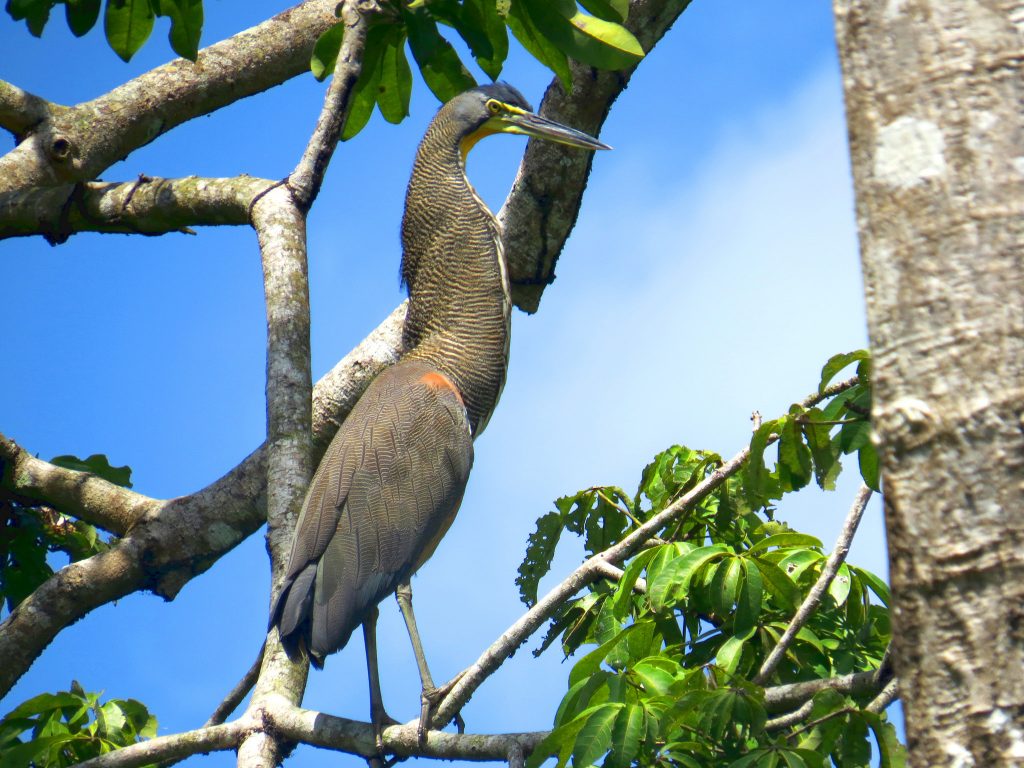
As I mentioned, the monkeys were elusive, and especially hard to photograph from a moving boat. I managed a quick shot of the Howler we spotted, and even more distant shots of the White-faced Capuchins. The Capuchins came just close enough to keep an eye on what we were doing…but not really close enough for photography.


Once back at the boat dock near the Visitor Center for Cuero y Salado, we enjoyed some chilled fruit and cookies, courtesy of the Lodge, and then hiked about 300 yards out to the beach at the mouth of the rivers. It was typical June Honduran day on the Caribbean coast…sunny with towering clouds over the mountains and a storm coming in off the sea.


When we got back to the lodge, after lunch on the veranda, some went exploring around the grounds, while others rested until we met again at 3 pm to go to the first Tower in search of the signature bird of the Lodge at Pico Bonito…the Lovely Cotinga (and whatever else we could find). The Cotingas put in an appearance, though beyond the range of practical photography, but we had good views of a White Hawk out across the valley, some Keel-billed Toucans feeding on fruit, and our third primate of the day: Spider Monkeys (way over on the far side of the valley).



On our night hike, we went in search of Vermiculated Screech Owl in the Coco plantation. Though we were within a few feet of and heard it calling right above us, we never could find it in the dense overstory foliage. As compensation Elmer found us a Kinkajou within flash range, and the Great Pooto (which was hand-raised at the Lodge a few years ago before release) put in an appearance on its favorite corner of the first tower. The Red-eyed Tree Frogs were calling around the Frog Ponds beyond the tower, and Elmer found us two to photograph. Along the way we picked up both Rainforest and Marine Toads (Marine Toads have to be seen to be believed…they are huge!) and various Anoles and bugs. It was such a rewarding hike that a few of us headed out for an encore the next night.

We were up early the next morning for breakfast again, and on the bus for Rio Santiago Nature Resort, a justly famous destination for Honduran Hummingbirds. As a close neighbor to the Lodge at Pico Bonito, Rio Santiago is a favorite day trip. The lodge and brand new cabins are, it

seems, half way up the slopes of the mountains surrounding Pico Bonito, at the end of a rough and sometimes steep, but passable, dirt track. (The elevation is actually only about 600 feet above sea-level.)
Along the road on the way up we got out and walked, exploring the fields on either side. We found Boat-billed Kingbirds, Blue-black Grassquits, Rose-breasted Bicards, Passerini’s and Blue-grey Tanager, Scrub Euphonia, Starry Cracker Butterfly, and a nesting Green-breasted Mango Hummingbird.
Rio Santiago Nature Resort maintains about 200 hand-crafted tube hummingbird feeders year round, which, along with the richly landscaped grounds, regularly attract over a dozen species of hummingbirds. And the hummers are close. You can sit on either of two covered verandas and have hummingbirds literally buzzing around your head. You can stand on the lawn and watch constant activity as the various species compete for space at the feeders less than 8 feet away. It is an experience not to be missed.
On the day we visited the Brown Violet-ear Hummingbirds were dominating the feeders in such numbers that it kept many of the regular visitors away, but it was still a great experience.
Hummingbirds are not the only attraction at Rio Santiago. It is also one of the most reliable places to see the Keel-billed Motmot. Gartered Trogons are regular there. They have snakes and lizards, dragonflies along the streams, interesting butterflies, a resident pair of Specticaled Owls, and, this year, an abandoned Margey kitten that they are attempting to raise for release. And if you enjoy scenery they have one of the most attractive small waterfalls in the foothills of Pico Bonito National Park, right there on the grounds.
Elmer worked hard to find us a Keel-billed Motmot, and it was there, calling above the waterfall, but it stayed high in the canopy. We got the shots we could under very difficult conditions.

The Specticaled Owls were also playing hard to get during our visit, but several of us managed decent shots.

Day four found us headed for a totally different experience. We took the van early to Sambo Creek east of La Ceiba on the coast, where we donned life preservers and boarded a twin engined, 14 foot powerboat to visit Cayo Cochino, islands 17 miles off-shore. Cayo Cochino encompasses 2 volcanic and coral islands and 13 small sand cays clustered in the clear waters of the Caribbean. White sand beaches, palm trees, water ranging in color from transparent aqua to translucent

turquoise: The Caribbean at its best. Parts of Cayo Cochino are protected habitat, and our first stop was the Visitor Center on Cayo Cochino Minor, operated by the Smithsonian Institute. Around the Visitor Center we found Yucatan Vireos, Allison’s Anole, and lots of Spiny-tailed Iguanas (the native Iguana of Honduras). The Yucatan Vireos on the islands of Cayo Cochino are the only ones you will find in Honduras.



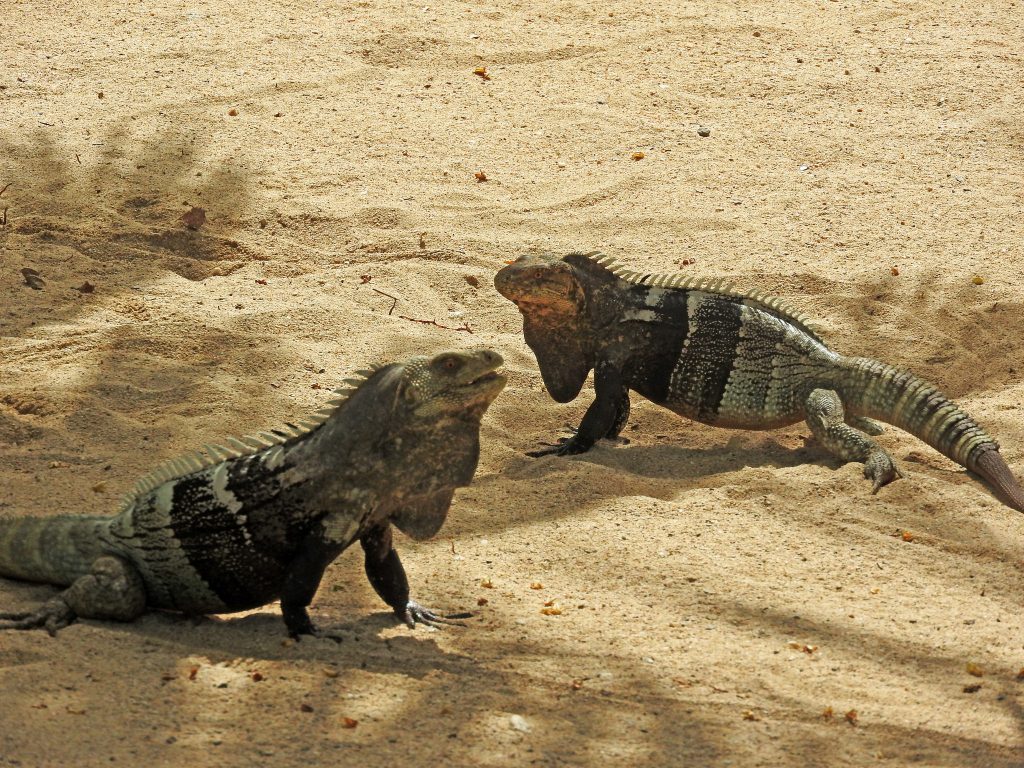

From Cayo Cochino Minor (or Turtle Island as the locals call it), we crossed the straight to Cayo Cochino Major, where we landed on a private beach to explore inland for the Rosey (or Island Hog-nosed) Boa. These snakes are sometimes abundant, draped in trees, back a few hundred yards from the beach. Though it was a hot day and the snakes were mostly higher in the canopy, Elmer located one for us, curled up on a branch just above eye-level. We eventually found our way back to the beach for morning snacks, water, and wading (this beach is near the spot were we would have gone snorkeling if any of us had wanted to.) The beach sloped gently out into Turtle Bay, and it was a real treat to wade out into the crystal clear waters of the Caribbean.


We were back in the boat again then, for a short run to Cayo Chachahaute #2 (or Twin Island #2 if you translate from the native dialect). The two Chachahaute Islands are only separated by a shallow straight and sand bar…often exposed in the winter months. Both islands are home to a population of Caribbean fishermen, and Cayo Chacahhaute #2 specializes in serving a daily lunch and dinner of fresh caught, wood grilled Yellow-

tailed Snapper, rice and beans, and fried plantains. That is the whole menu, and all meals are served on paper plates right on the beach under a thatched shelter at rough picnic style tables, but it just might be the best fish you will ever eat. While you eat you can watch the Frigatebirds and Pelicans soaring in the updraft at the head of the island. Except for the open beach on one side, the whole island, which is maybe the size of half a football field, is covered with the shanty homes of the fishermen. Their meals are so famous that boats come daily at noon and in late afternoon and early evening from the mainland and from the bay islands 25 miles away. (And of course fire-wood, rice, beans, plantains, and ice…lots of ice…have to be brought out to the island in dugout canoes daily.) After lunch, we spent about 45 minutes, mostly trying flight shots of the soaring Frigatebirds and Pelicans. There are only a few places I can think of that are this good for practicing flight shots.

On the way back through La Ceiba on our way to the Lodge, we stopped at a small park where Black and White Owls are known to nest and roost. Again, Elmer managed the impossible and located one of the young B&W Owls on branch high in the canopy of one of the huge Mangostein trees. While we were photographing the young owl, Elmer’s friend, who used to work at the park, located one of the adults, and we moved the group over. Both owls were in the deep shade of the foliage, high in the trees, and, though they were in plain sight, they were not easy photographic targets. We were looking almost straight up at the them in the shadows. The situation was really at the limits of what any camera can do…the light was not good, and focus was difficult…and we were at the limits of what our bodies could do as well, as we tried for awkward vertical shots at slower than optimum shutter speeds. The situation called for a tripod, but for the kind of 8 foot tall tripod no one would ever carry into the field anyway. Still, everyone in the group came away with at least one satisfying shot of the Black and White Owls.
Our last full day in Honduras found us on the bus early again for the drive to Lancetilla Botanical Gardens, the turn of the century Botanical Research Station founded by the United Fruit Company to experiment with tropical hardwoods and fruit trees for growing in their Honduran holdings. Lancetilla has the longest bird list of any single location in Honduras. It is also a great place for butterflies and dragonflies, and the occasional mammal.
A day at Lancetilla begins with a walk along the entrance road and one side road in search of mostly understory birds. We had not progressed far long the road when Greg spotted a Mexican Hairy Dwarf Porcupine on the branch of a tree just at the edge of the rainforest. (Also, apparently, known as a Prehensile-tailed Porcupine or Tree Porcupine.) Like most Porcupines its body is covered in spines, but in the Hairy Dwarf, its fur is long enough to completely cover the spines on much of its body, leaving spines exposed mostly on the face, lower legs, and spine. We had as much time with it as we wanted…since it was not at all disturbed by our presence on the road. Our pictures are remarkably similar as it did not move much beyond an occasional scratch for fleas.
Early on we also encountered Groove-billed Ani, Blue-black Grassquit, Thick-billed Seed-finch, Olivacious Piculet (the smallest woodpecker of the tropics), Passerini’s Tanager, many dragonflies and few butterflies.

The second stop on the way in is a giant hardwood tree that hosts upwards of 100 active Montazuma’s Oropendola nests. The Oropendolas are the largest of the oriole family, and construct huge hanging woven basket nests.

Just beyond the Oropendola tree there is a trail down to the river, which is always worth checking for Jacamars and Ruddy Crake. Neither turned up, but I photographed some interesting butterflies, the first of many that day, while we were waiting. Several of these are from later in the day, around the Visitor Center, which was our next stop.
Though Elmer set up and played his recording for the Ruddy Crake we heard calling in the tall reeds along the trail, it did not make an appearance. Ruddy Crake is not uncommon, especially at Lancetilla, but it is very difficult to see.
At the Visitor Center we spent some time with the natural history displays on the second floor, and then retired to the deep shade of the bamboo grove. Many different varieties of bamboo from around the tropics grow along a little stream that runs through a hollow. There is an amphitheater with a small stage there for presentations, but the main attraction is still the massive clusters of the largest grass in the world. I generally get the group together in the grove for a photo.

While in the bamboo grove we came across a toad, and the whole group gathered to try toad shots.

Before getting on the bus to head to Tela, a beach resort town near the gardens, for lunch, we made one last try of the Ruddy Crake. There are a series of small lily ponds along one side of the Visitor Center, and a Crake responded to Elmer’s recording almost at once. The rest of the group went around to the far side of the ponds where the Crakes were calling (there were at least two) but I got distracted by some shade and butterflies along the other side and headed that way. Consequently I was in exactly the right spot to see both Crakes cross a small open patch in the dense growth covering the pond. Most of the group got glimpses of the Crakes, but I got photos!
Of course I could not resist the dragonflies around the ponds either. I do not know enough about Central American Odonata to id these.
After the Crakes and Odonata we were back in the van for the short drive to Tela, where had a delicious lunch at a sea-side hotel. Tela was the resort town back in the days of the United Fruit Company, and still maintains its charm for Honduras today.
That left only the morning of our departure at the Lodge. Just as we finished eating breakfast a Keel-billed Toucan flew in over the Conference Center. Greg had the persistence to wait it out until it posed on an open branch.
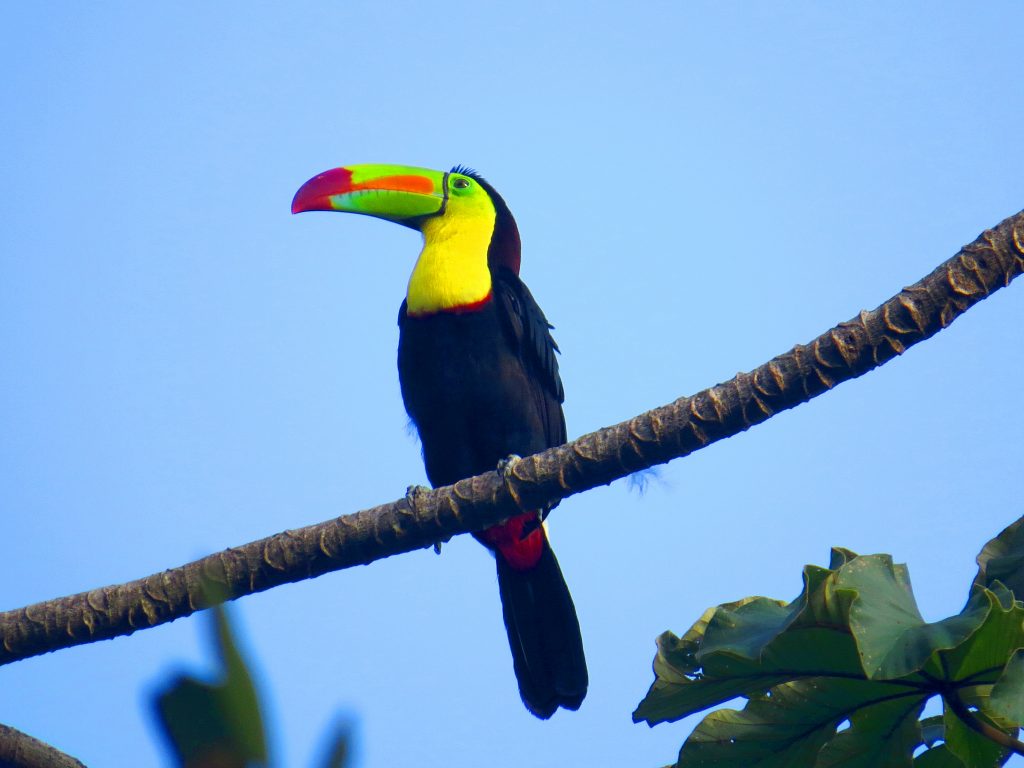
It was an amazing satisfying trip. We had time (mostly in the van on the way to shooting sites) for some discussion and photographic instruction. We had abundant opportunities for tropical photography. We had great times around the tables at the restaurant on the veranda at the Lodge (not to mention great food). And we had great weather. Though it rained every day, it never rained on us in the field. For the most part we had sunny skies and good photographic light when it mattered. The tropics are always a challenge for any photographer, but our group proved that today’s advanced superzoom Point and Shoot cameras are up to the task.
I am already planning another trip to the Lodge at Pico Bonito for next June (the 16th to the 22nd) …and I have a trip to Tranquilo Bay, Panama (another great destination) in the works for 2017. I am thinking of South Africa for 2018. Watch the tours and workshops page on this site for details.




























































